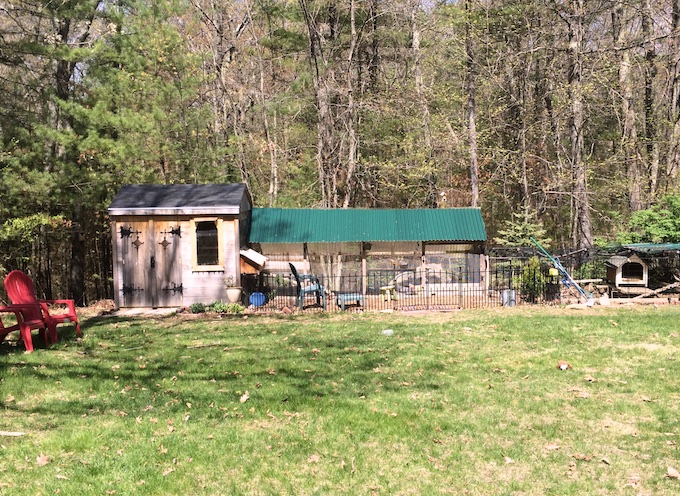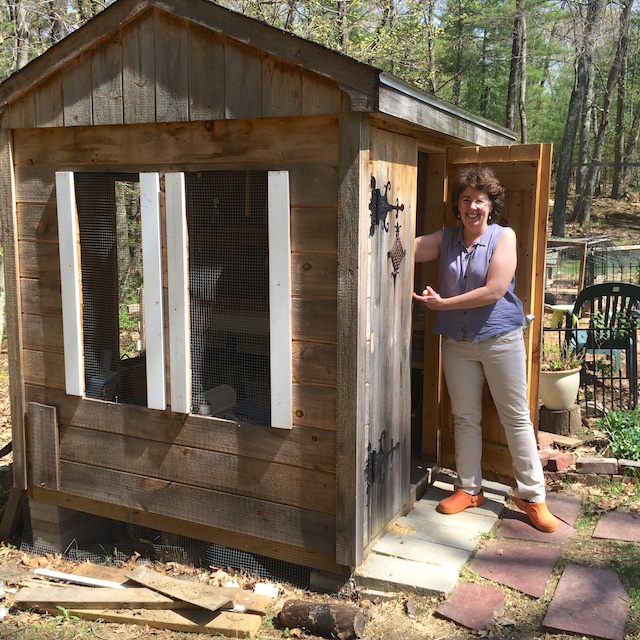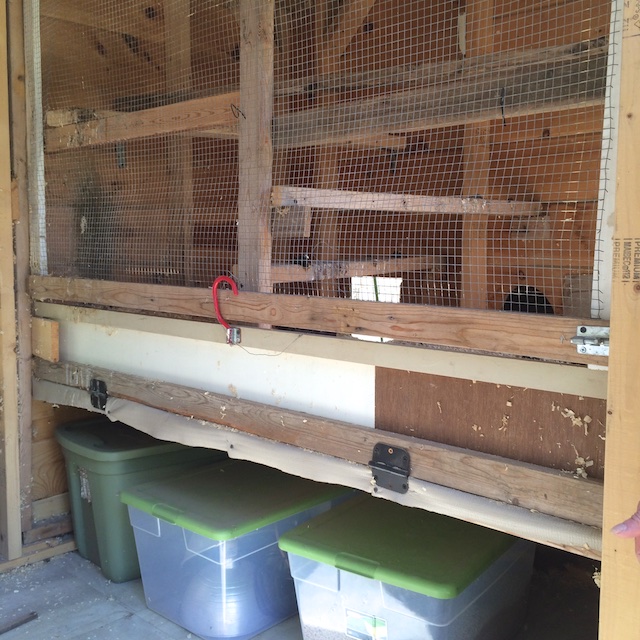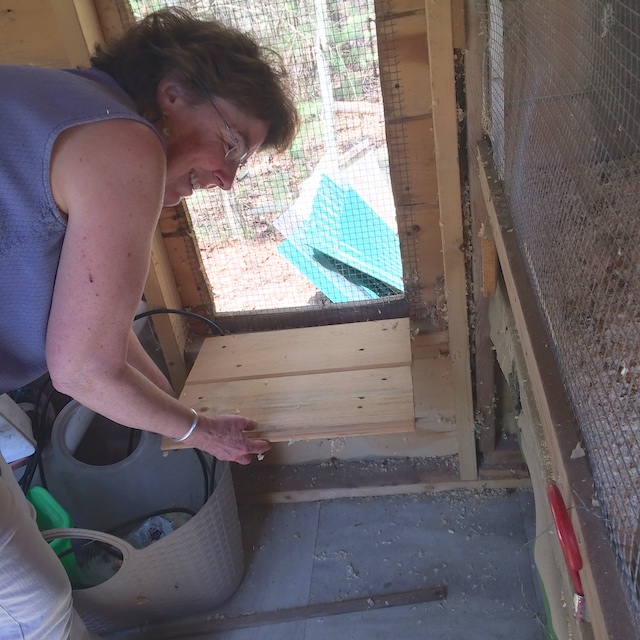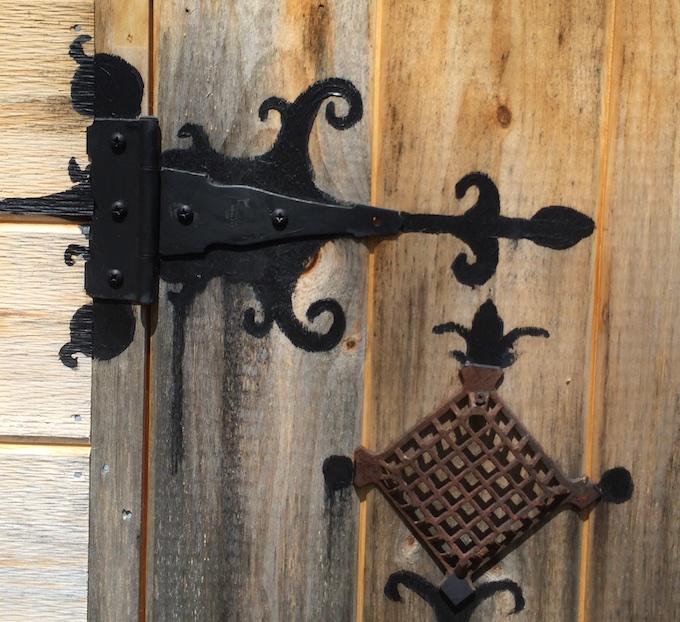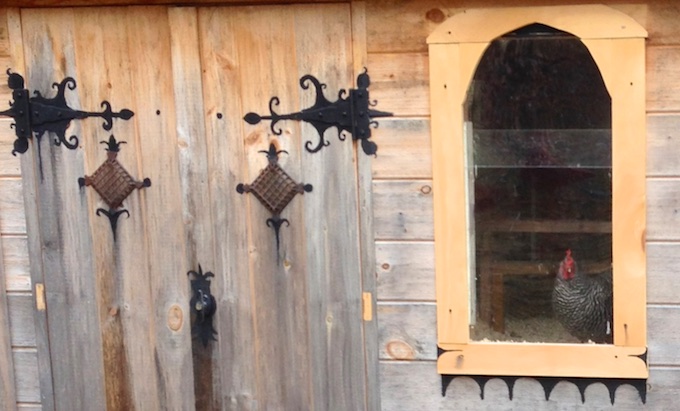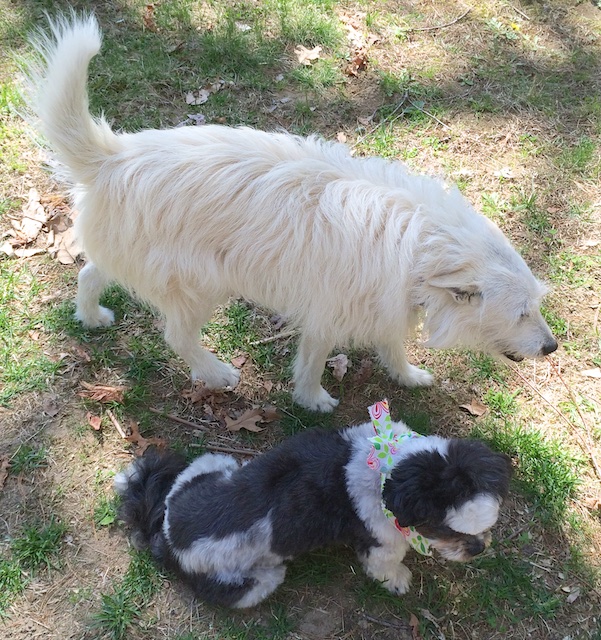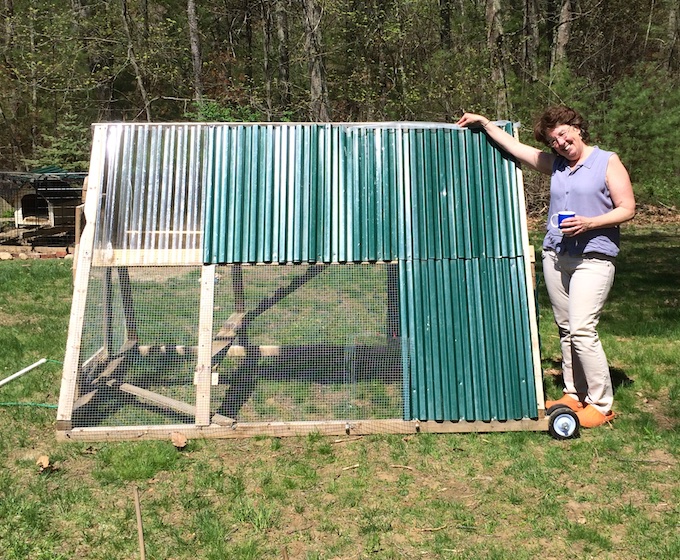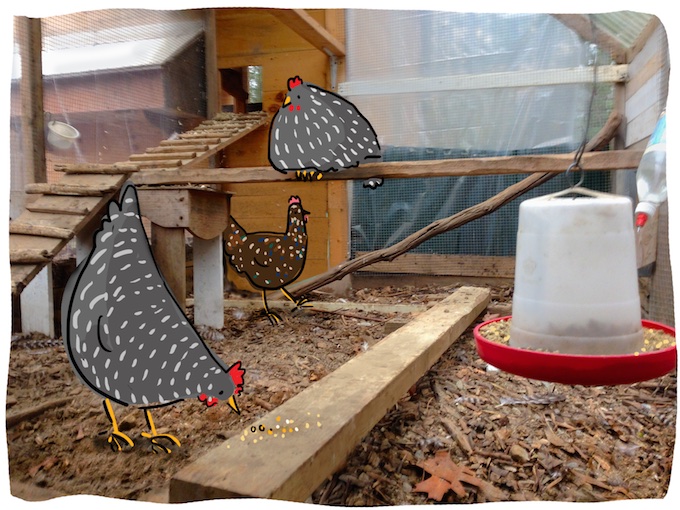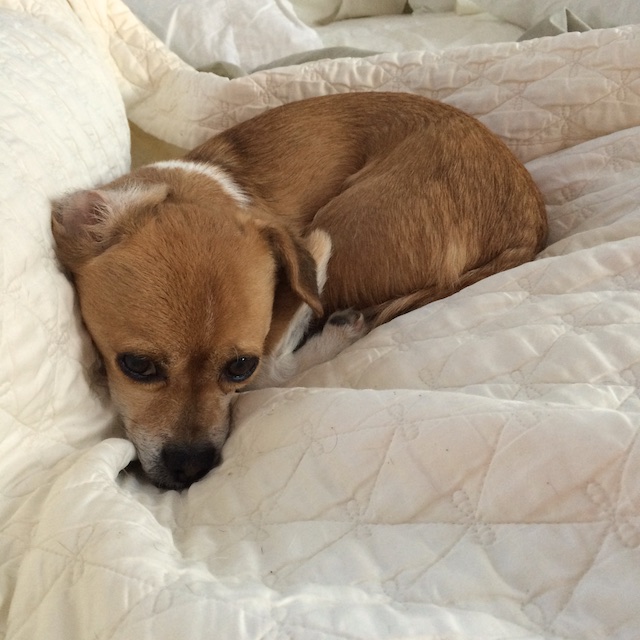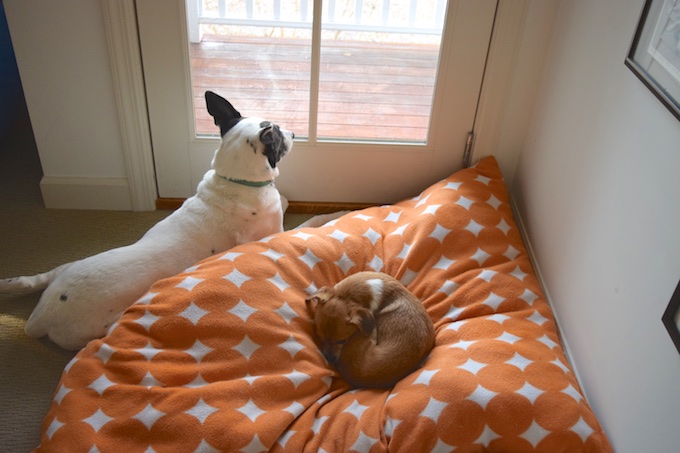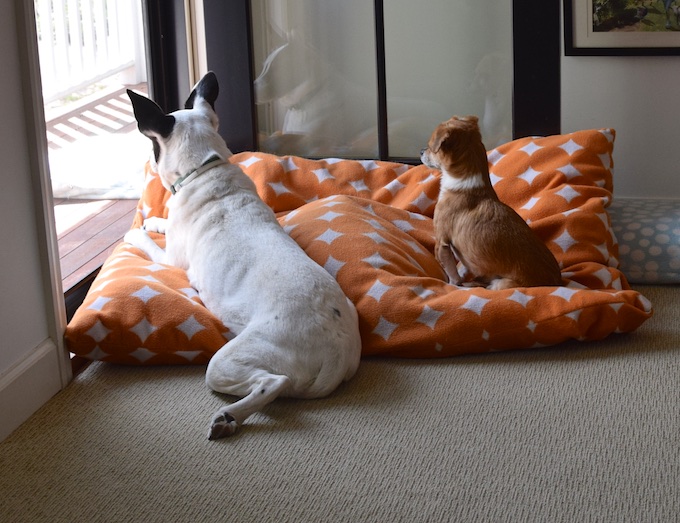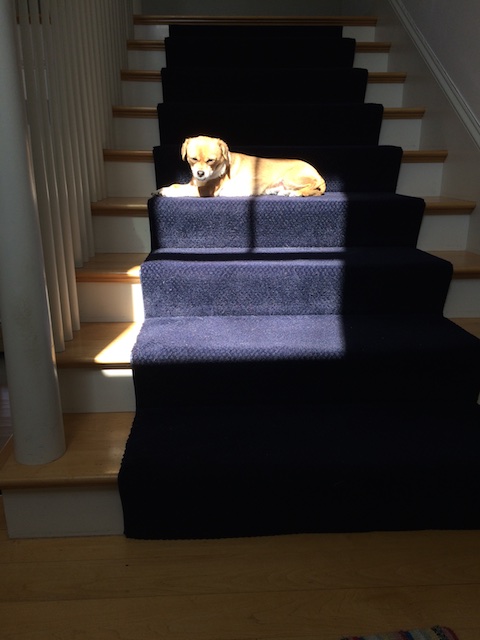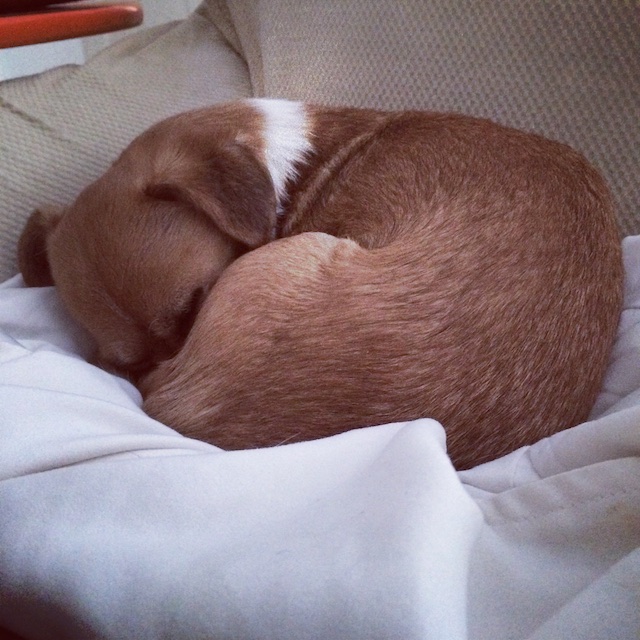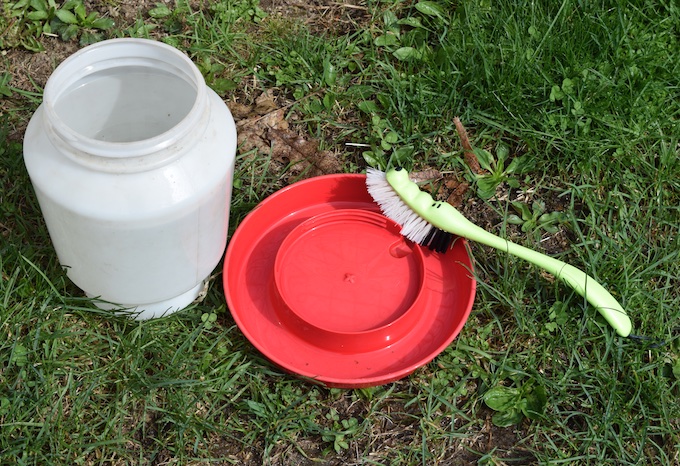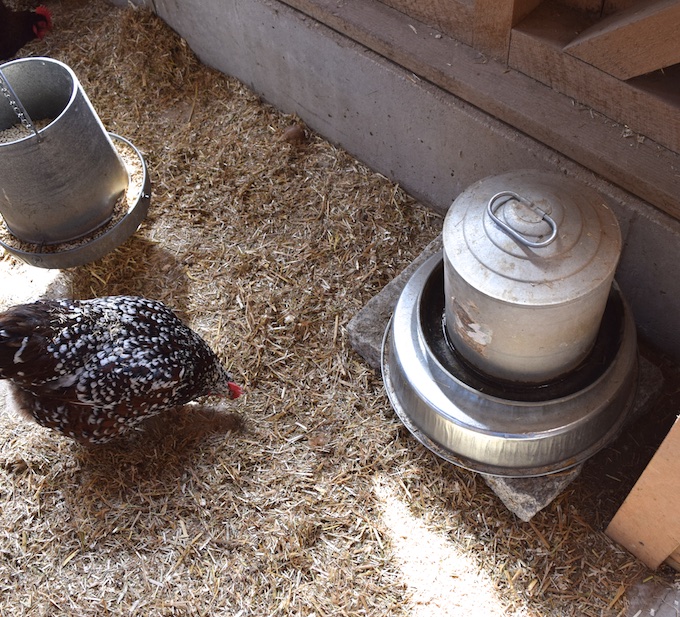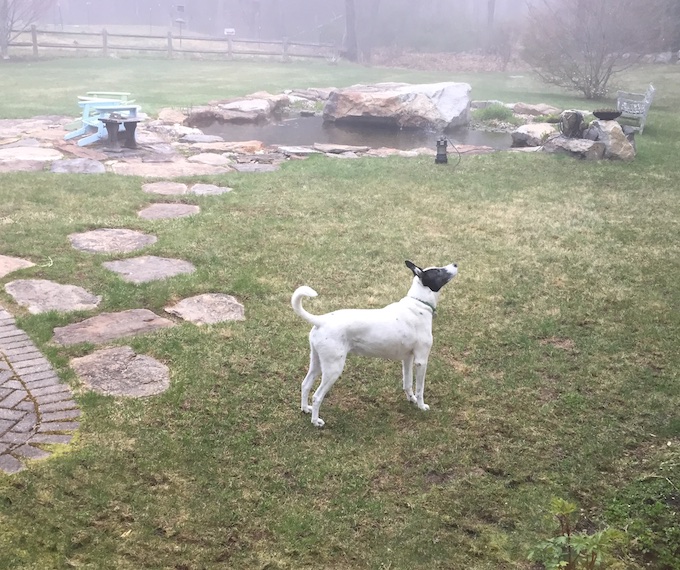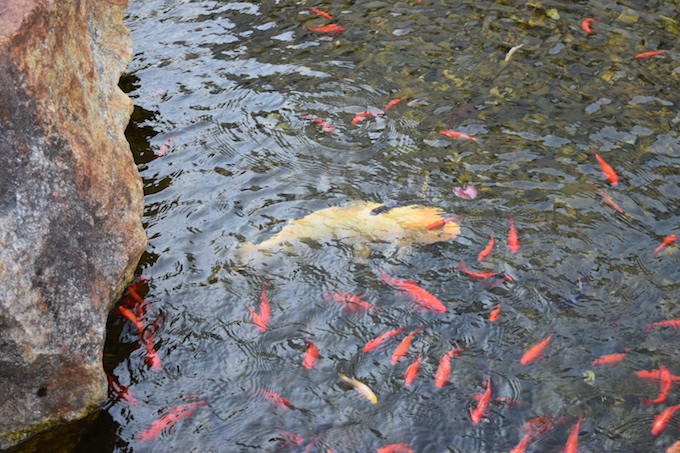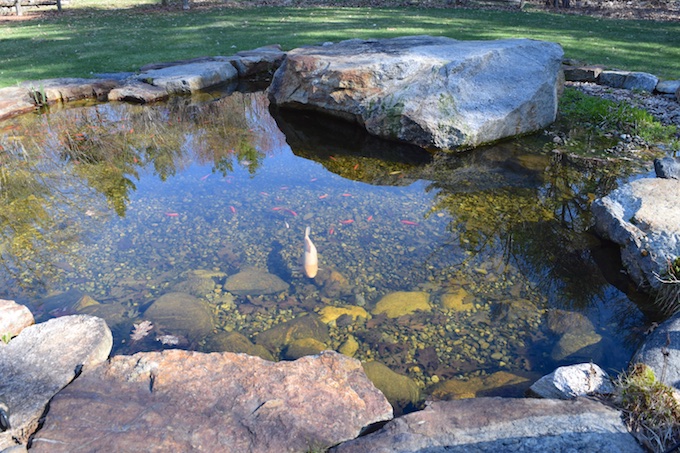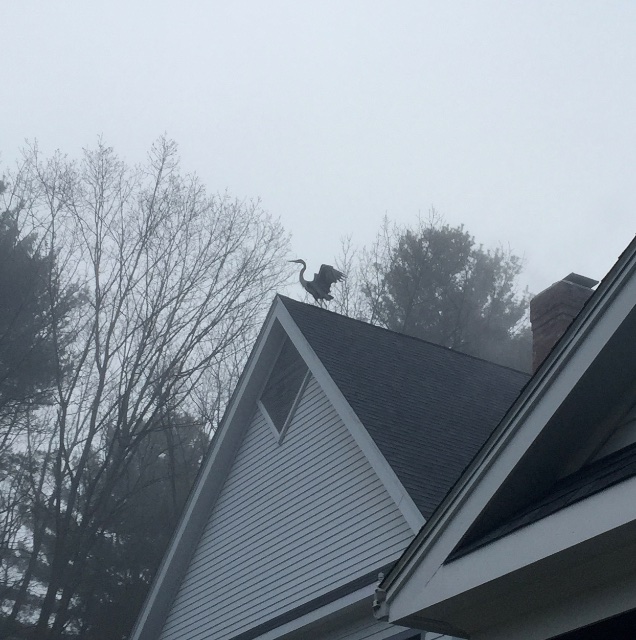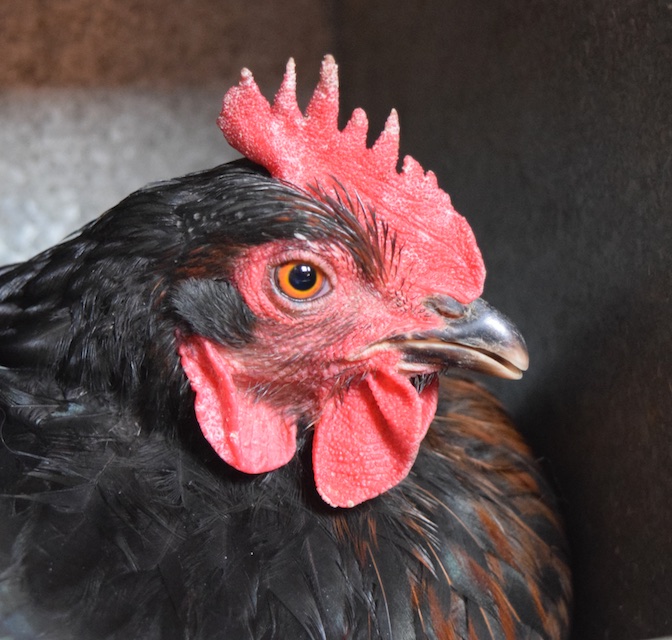Last week I visited my good friend, Lauren Scheuer. You might know her through her blog, or her
Auto Amazon Links: No products found.
Lauren is also handy with power tools. Actually, handy is a mild word for it. She’s a whiz, and she’s told me that the most romantic present her husband ever gave her was early in their courtship, when he presented her with a power saw. Lauren has had chickens for years, and they were due for a new coop. She had grand images, but like most artists, didn’t have the funds to have them built for her. So, she purchased a prefab shed from Home Depot and went to work.
These buildings don’t have enough windows, so that power saw was plugged in. In the winter, plexiglas covers the screens.
The inside has both storage and a cozy roosting area. It’s designed for easy of cleaning.
The flock is Lauren’s muse. She built a seat so she could hang out with them in comfort and sketch.
Being an artist, Lauren had IDEAS about what the coop should look like. Big iron hinges. Fancy moldings. Being an artist, Lauren couldn’t afford them. Being creative and a doer, Lauren came up with a solution. Trompe l’oeil!
Doesn’t her hen look grand framed in the window?
Lauren has two dogs, Marky and Angel.
In his youth, Marky could keep the predators at bay, but these days, he’s more into finding shade. Red Tail Hawks nest in the woods, but Lauren didn’t want to keep her hens enclosed because of them. So, Lauren built this chicken tractor to shelter her girls while out on the lawn. Note – this is NOT a coop. It’s for daytime use only. (Read my FAQ on Coop Criteria to learn why this is not suitable housing.)
The hawks are also why Lauren has a covered run, and also a play area with plants that the hens can run under for protection.
These doted on hens are happy, indeed.
Like Lauren’s art? Take a look at her book,
Auto Amazon Links: No products found.
